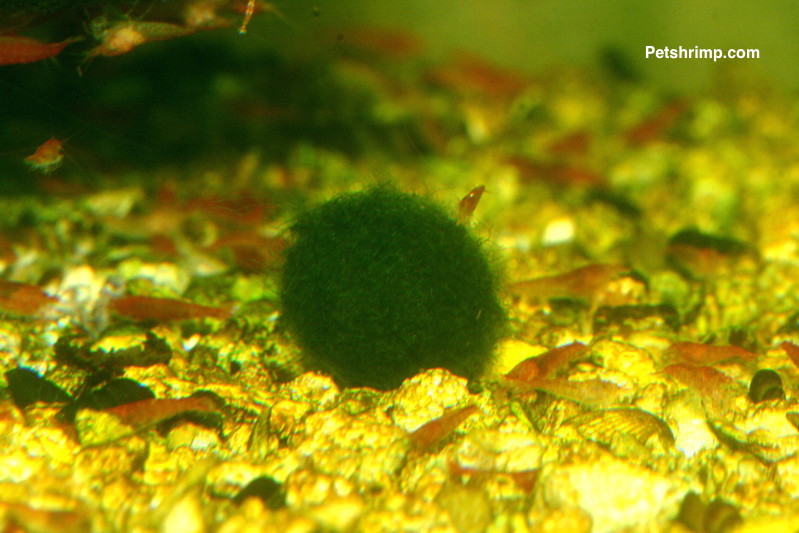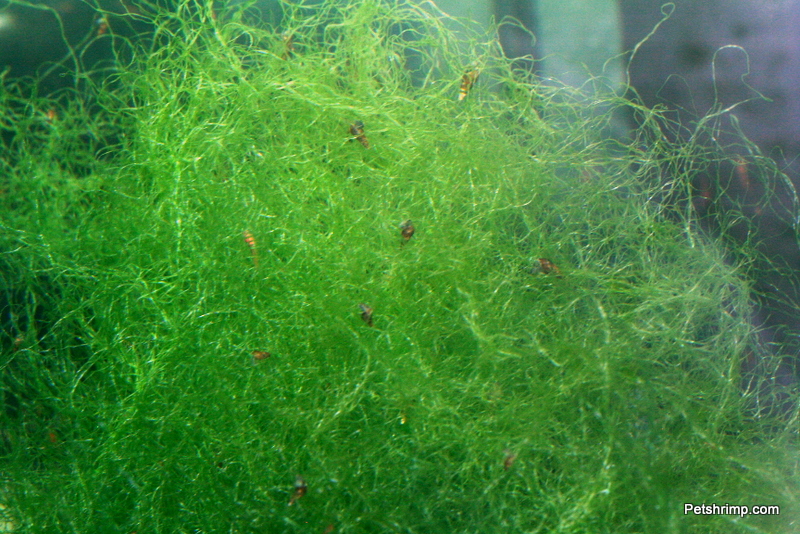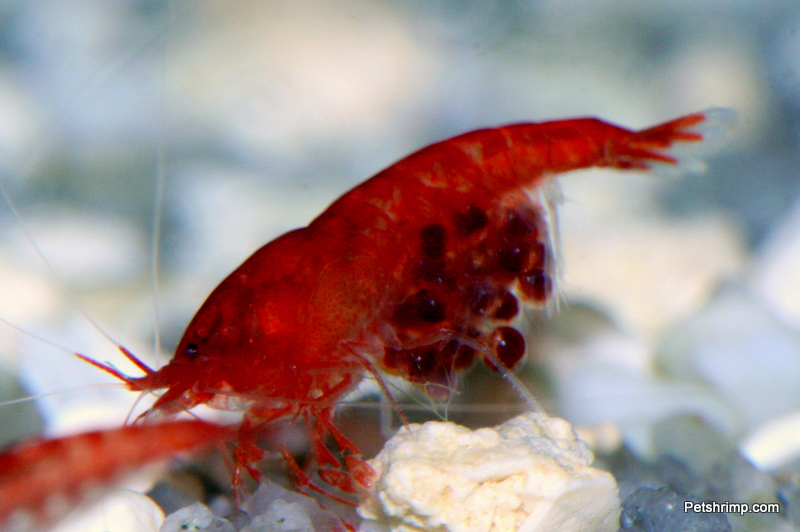TANK/CONTAINER
Supershrimp are the perfect shrimp for a true nano-tank. Even though we recommend at least a 1 gallon tank for best results, a 1/2 gallon container is large enough for a group of 10-20 shrimp. Supershrimp will even breed in such a small container. Larger containers can hold more shrimp and are easier to maintain, especially once your Supershrimp start breeding!
FILTER
Absolutely no filter needed or necessary! We have found that keeping Supershrimp without a filter produces superior results when it comes to keeping the shrimp healthy and happy so they start breeding. This may sound counterintuitive so some, but 14+ years of keeping and breeding these awesome creatures has proven the validity of this method. Also, pretty much all filters cause “salt creep” which are accumulations of unsightly salt crystals hanging down from the top and sides of your tank.
HEATER
No heater is needed or wanted. In fact, in really small tanks you can “cook” your shrimp if the heater malfunctions. Supershrimp have a wide temperature tolerance. They can live at pretty much any room temperature (lower 50s to 80s) but do best (for breeding purposes) at temperatures from the mid 60s to mid 70s.
SALINITY
Supershrimp need brackish water to survive and thrive. They do well in water with a wide range of salinities, and we have kept and bred this shrimp at salinities ranging between 7-23 ppt (~1.005-1.016 sg). However, you MUST use salt sold specifically for Supershrimp or reef/marine aquariums, not just table salt or “aquarium salt” or “brackish salt” (which will all kill your shrimp). See the “Step-By-Step Instructions” below to purchase your Supershrimp Salt.
FOOD
Supershrimp eat almost anything. Fish food (flakes, or very small sinking pellets) that is allowed to sink to the bottom is perfect. Special care should be taken to make sure that the shrimp are fed very sparingly. Once every 3 to 8 weeks is enough, and only enough food so it’s completely gone in an hour or so. You do NOT have to worry at all about your shrimp starving due to lack of food. These animals can live literally for months without food with no ill effect. In between feedings the shrimp feed on algae and bacteria that grow on all surfaces of your tank. That’s actually their main food.
WATER CHANGES
Water changes are NOT needed nor wanted for this species. Our animals have been breeding in water that has not been changed in many years (in fact, we have tanks that haven’t had a water change in a decade). However, it is important to top off with distilled/reverse osmosis (RO) freshwater periodically to replace water lost to evaporation.
Equipment and Supplies:
Tank (at least 1/2 gallon, better 1 gallon or more)
Supershrimp Salt, or reef/marine salt (not “aquarium salt”, or table salt or, “brackish salt”!). See the “Step-By-Step Instructions” below to purchase your Supershrimp Salt.
Distilled or RO water
Lamp or Tank Light (LED is best). This is optional if you have enough indirect daylight.
Substrate, rocks (decorative rocks are optional)
Electrical or Appliance Timer (for the light)
Source of Calcium Carbonate (i.e Limestone, coral pieces, crushed coral, or egg shells). This is also available in our store.
Fish food (pellets or flakes)
Snails or Macroalgae or “Supershrimp Mossballs” (optional)*
Step-by-Step Instructions:
- Buy a tank
Literally any type of see-through container is fine:glass, acrylic, plastic, large vases, jars – doesn’t really matter. It should be at least 1/2 gallon in volume. 1 gallon or above is recommended for easier maintenance and quicker breeding results. It will need a light source, but it can be one that comes with the tank or one you supply separately. Alternatively, you can place the tank somewhere where it receives indirect daylight. It doesn’t even have to be much light. Just enough for algae to grow. Make sure your tank is not in direct sunlight for longer than an hour or so, as small tanks can overheat very easily. This is especially important for half a gallong tanks. A heater is NOT required or recommended. Ambient room temperatures (50s to 80s) are just fine for these shrimp.
- Buy substrate
We recommend adding a substrate (usually sand or small gravel) to the tank, to a depth of about ½ inch. The substrate provides a surface for bacteria and algae growth, and brackish water snails like to burrow in it if they are added. A substrate also helps to keep your tank clear by trapping micro-particles that would usually float in the water column without a substrate. Your tank will also need calcium carbonate rocks (coral, limestone, or even egg-shells) to buffer the water and prevent it from becoming acidic over time. Alternatively, you can spread a small amount of crushed coral/limestone pebbles on the substrate. You can purchase all of these items below:
-
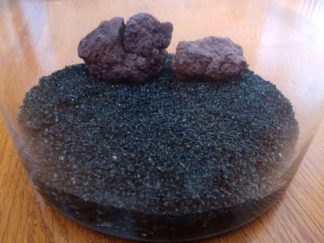
Supershrimp Substrate (Black-Course/Pre-Washed)
$24.99 – $40.99 This product has multiple variants. The options may be chosen on the product page -
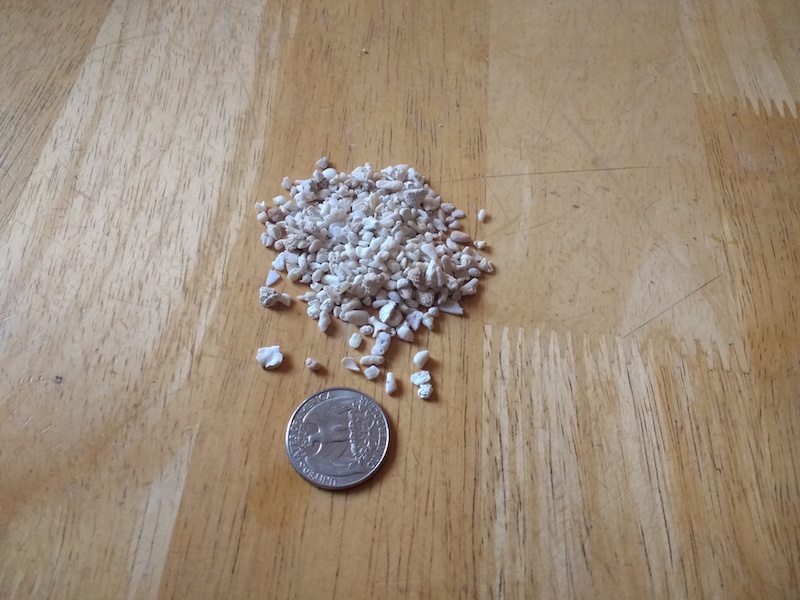
Supershrimp Calcium Carbonate Pebbles (pre-washed)
$7.99 – $13.99 This product has multiple variants. The options may be chosen on the product page -
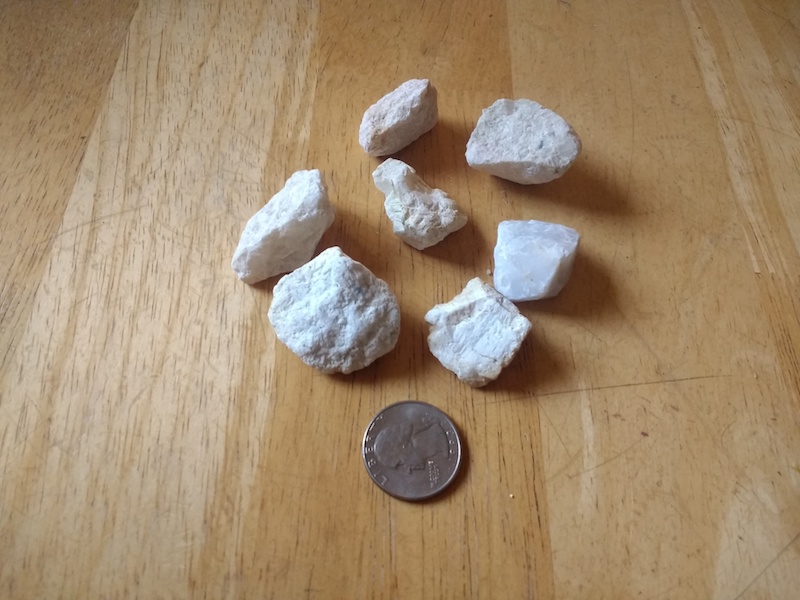
Supershrimp Calcium Carbonate Rocks (pre-washed)
$8.99 – $14.99 This product has multiple variants. The options may be chosen on the product page
- Buy Salt
Purchase the smallest bag of “marine” or “reef” salt from your favorite pet store or online mail order place, or right here in our store (see link below). NEVER use “aquarium salt” or “brackish salt” or table salt or ANY other salt. This is *extremely* important. You *will* run into huge problems if use anything but reef/marine salt. You *will* end up with dead shrimp. You can purchase pre-measured packages of Supershrimp Salt in our store:
-
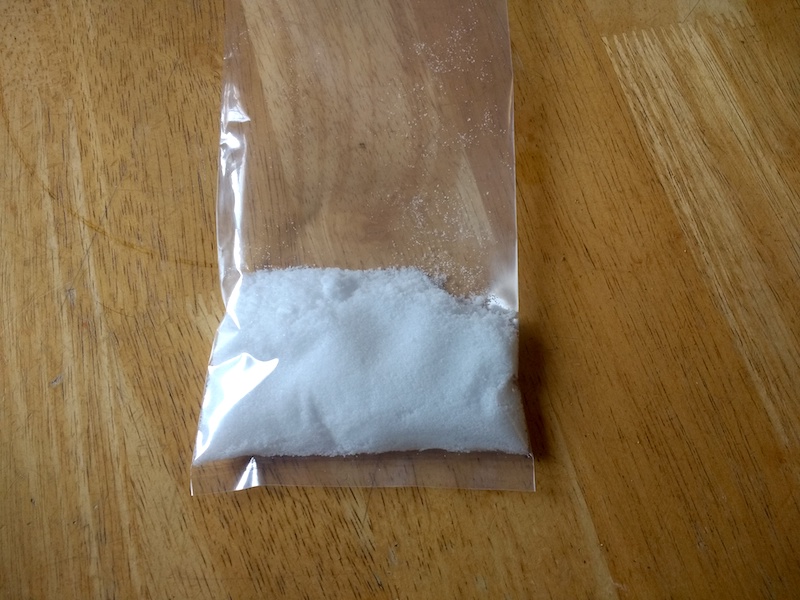
Supershrimp Salt
$5.99 – $14.99 This product has multiple variants. The options may be chosen on the product page
- Get distilled or reverse osmosis water (RO)
This is available from most local grocery stores (usually a gallon of RO costs $0.25-$1, so really cheap) either in gallon bottles or from those huge water machines that produce RO/drinking water outside the store. DO NOT USE TAP WATER!! Tap water is full of chlorine, chloramines, ammonia and other bad stuff that kills these animals.
- Mix your brackish water
Make sure to prepare your brackish water in a separate bucket. Supershrimp like water that has about 1/2 the salinity of ocean water. If you purchase our Supershrimp Salt in pre-measured packages (you can choose the volume of your tank when purchasing the salt here), you can just empty the package in your bucket and mix it with the RO water and you are done. If you purchased reef salt, read the mixing directions on your reef salt container, and use 1/2 the amount of salt directed for the volume of water you prepare. Every brand of salt has its own mixing instructions, so make sure you use the instructions specific to your brand. Just add the salt and right volume of water in a bucket, stir until the salt has dissolved. Done! Exact salinity is not important as these shrimp are very adaptable, so as long as you follow the instructions here you’re good. No salinity measurements needed! Having said that, if you followed the instructions here your salinity will end up somewhere between 1.010SG to 1.012SG. It’s ok if your salinity is a little below or above this range. That won’t be a problem at all!
- Fill your aquarium
Add your prepared brackish water. You can either use your hand to “break” the water flow as you pour it in, or you can use a small plate or plastic film to cover the substrate. This will prevent the substrate from being disturbed while filling your tank. You can take out these filling aids once enough water is in the tank so that the substrate won’t be disturbed by additional water being poured in.
- Set the light cycle
If you have an artificial light, you will want the light on your tank to automatically run on a 12 hours on / 12 hours off light cycle, which is usually accomplished using a simple timer.
- Let the tank run for 2-4 weeks with the light/dark cycle running
During this time, algae and other microorganisms in the tank will establish and form a stable ecosystem that will allow your shrimp to thrive. You can further help your tank establish a healthy microbial ecosystem by adding snails, Supershrimp Macroalgae, and/or Supershrimp Mossballs (see below to purchase). When you add these species you also introduce the beneficial bacteria that come on them and in the water from our breeding tanks, which act as a cleanup and nutrient export “crew.” Macroalgae and Supershrimp Mossballs can be added immediately, however it’s best to wait a week or two before adding snails. The tank is ready for shrimp when you see the first signs of brown or green algae growth. No need to test any parameters! No test kits required or recommended.
- Purchase your Supershrimp!
By purchasing captive-bred shrimp instead of wild-caught you contribute towards the continued survival of these incredible creatures in nature. We are the only commercial source of captive-bred Supershrimp in the world. The habitat of these shrimp are truly threatened. Please do not contribute to the continued exploitation of this species by purchasing wild-caught animals.
- Purchase any type of fish food
Pellets and flakes work equally well as long as you make sure that the flakes sink to the bottom where the shrimp can get them. Only feed a tiny amount of food (equivalent of maybe one small flake) every three to eight weeks. The shrimp should finish the food within about an hour or two. If your shrimp don’t finish within an hour or so, or they don’t even go for the food, take out any uneaten food and wait another 3-8 weeks. There is nothing wrong with the food, it’s just that the shrimp find enough food (like algae) in their aquarium and don’t need more. DO NOT OVERFEED! Overfeeding is the number one cause of shrimp deaths!
- Replace water lost to evaporation
Add RO or distilled water whenever the level of your tank drops by more than about 10%. You do not need to add any more salt because the salt stays in the tank, and the evaporation causes the remaining water to be saltier. How often you need to replace water will depend on the size and shape of your tank.
Enjoy!
If you have any further questions before or after you purchase your shrimp, please join our discussion forum and ask your
questions in the “Supershrimp” section of the forum, so that everyone in the community can help and contribute their experiences.

